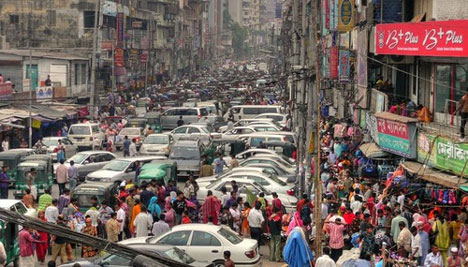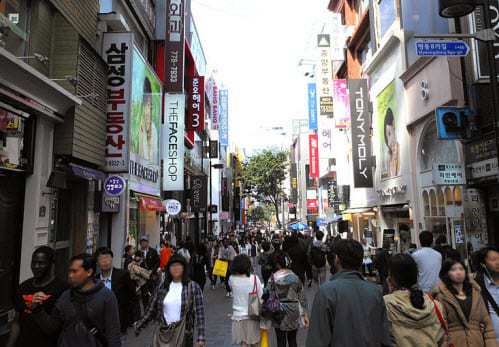I know just the type. No offence but Lawrence school was filled with them from Malluland.enqyoob wrote:Their kids grow up assuming that the luxury is their birthright. When they grow up, they still have a fine house, but no capability to generate the income needed to keep it up. So they do whatever business, put up a shingle on the wall outside the house, and try to make ends meet. No serious maintenance is done on the house or street. They cannot afford to rent office space in the business district, so must do the business out of the house.
Knew one kid, Sumit by name, went to the "States', for 3 week holiday.
Came back with full blown American accent and was now Sonny! Had a walkman which
he would 'allow' people to listen to for favors.
I could also tell you stories about Suchindra Bali would make your make your toes curl.
Yes the same one who runs about all respectable now. Holy Cow!
This is definitely a huge problem. Part of it is that back then a good living was a lottery.
You had less than 1% chance of pulling it of. The chance of your kid pulling it off as well was really really small.
Chennai has solved this the following way.The kids sell the property to flat developer who crams 20
apartments into the plot. The kids take 4 apartments with everything else free.
This is a disaster of a solution. On the other hand the super dense crush density makes things like
a metro system viable.
Still, I don't know about Malloo land but in Nagercoil the property/water tax rates are going up severely.
In Chennai my dads property tax rate is Rs 6000 + Rs2300 for water. If you put a tea kaddai it is now commercial
and your rates quadruple! And trust me it is all computerized now and my dad has called in the inspectors on these
yahoo's. Got at least one filthy auto repair kaddai kaputted!
Even in Nagercoil, my cousin pays Rs1800 for his modest home in taxes. Before utilities.
This forces these brats to make a decision quickly. Even if it is a bad one like above.
How does Malluland cope. Won't the taxes clear out the losers double quick.



